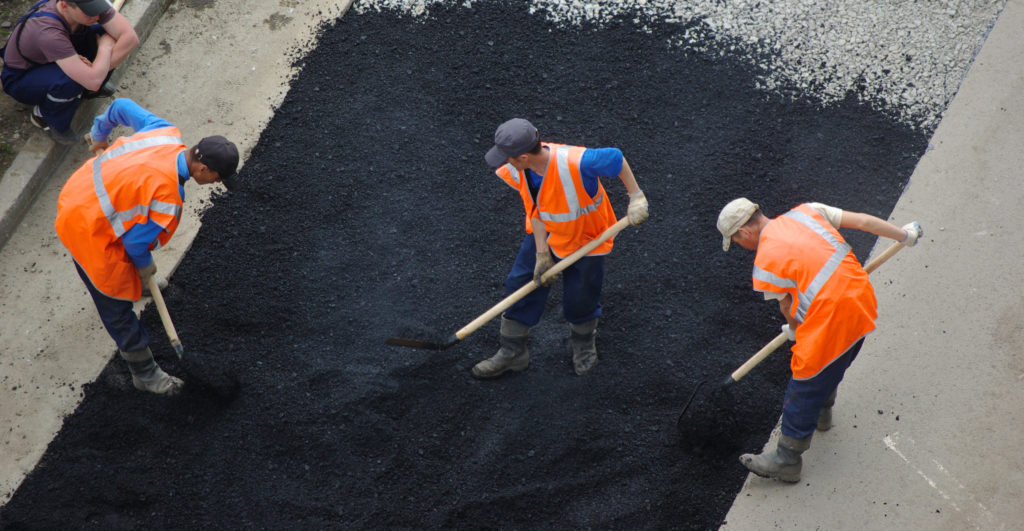Asphalt Overlay 101

What Is An Asphalt Overlay?
If you have an asphalt parking lot, the top layer may begin to deteriorate over time. Fortunately, when this starts to happen, you have options besides tearing it up and starting over. For instance, you can use a paving method known as asphalt overlay. In asphalt overlay, you use the existing layers as a base, and then the new asphalt is applied to the surface. In some cases, it may have to be milled before the overlay can be applied.
Assessment
Before we begin the overlay process, we will have to assess the parking lot. Not all asphalt surfaces are appropriate for overlay. Asphalt that has root damage, extensive structural damage, or ruts in the surface may have to be ripped up. Likewise, if your asphalt parking lot cannot drain water, then you may have to have the surface regraded.
After we complete the assessment, we can determine how to move forward with the asphalt repairs.
Milling
As mentioned above, some lots will require milling before the overlay can be applied. Milling removes the top layer of asphalt and rids your parking lot of any cracks, damage, or raveling. The top layer has to be removed so that the asphalt will bond to the base layers. We utilize a milling machine that can grind the layer from one inch to three inches. Next, the surface is taken to a recycling plant.
Repair
In order to lay the new asphalt, repairs will need to be completed on the base layers. For example, if your parking lot has potholes, sinking, or rutting, then we can rebuild it. We can use aggregate and asphalt.
The end of the process is the asphalt overlay. We pave the overlay on top of the surface. The thickness of the overlay will depend on the existing surface, generally ranging from about one and a half to two inches.
If you think an asphalt overlay is right for your property, contact the professionals at Azzarelli today!
